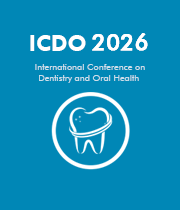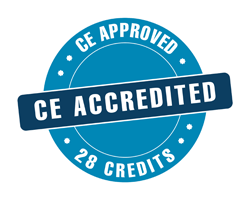Title: In vitro microshear bond strength of composite resin to mineral trioxide aggregate and polycarboxylate cement containing potassium nitrate at two time intervals with different adhesive strategies
Abstract:
Abstract: Objectives: This study aimed to assess the microshear bond strength (µSBS) of composite resin to mineral trioxide aggregate (MTA) and polycarboxylate cement containing potassium nitrate (PCC/KNO3) as pulpotomy biomaterials, using two universal adhesives in either self-etch (SE) or etch-and-rinse (E&R) mode.
Materials and Methods: In this in vitro study, 192 acrylic cylindrical blocks were fabricated using stainless-steel pipes as a mold with 2 cm height and 1 cm internal diameter, with a hole at the center with 4 mm diameter and 2 mm depth. The acrylic blocks were randomly assigned to two groups (n=96) for the application of MTA or PCC/KNO3. Each group was subdivided into 8 subgroups (n=12) for the application of either All-Bond Universal (ABU) or Gluma Bond Universal (GBU) in either SE or E&R mode, and measurement of µSBS after either 24 hours or 7 days following water storage and composite resin bonding. Data were statistically analyzed by four-way ANOVA and t-test (P< 0.05).
Results: The µSBS was significantly higher in the PCC/KNO3 group than the MTA group at both 24 hours (P<0.001) and 7 days (P=0.030). Type (P=0.355) or application mode (P=0.358) of universal adhesives had no significant effect on µSBS. The bond strength of composite to MTA increased over time in some groups, while in most PCC/KNO3 groups, it significantly decreased.
Adhesive failure was predominant in MTA groups, whereas cohesive failure was more frequent in KNO3/PCC groups.
Conclusion: PCC/KNO3 may serve as a suitable alternative to MTA due to higher µSBS, irrespective of the type or application mode of universal adhesive and allowing immediate final restoration of the teeth.




